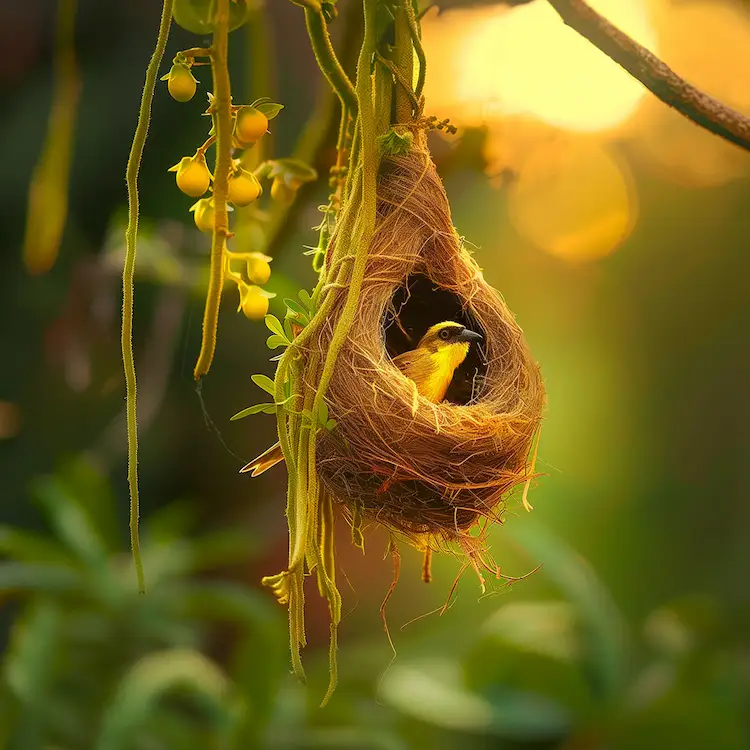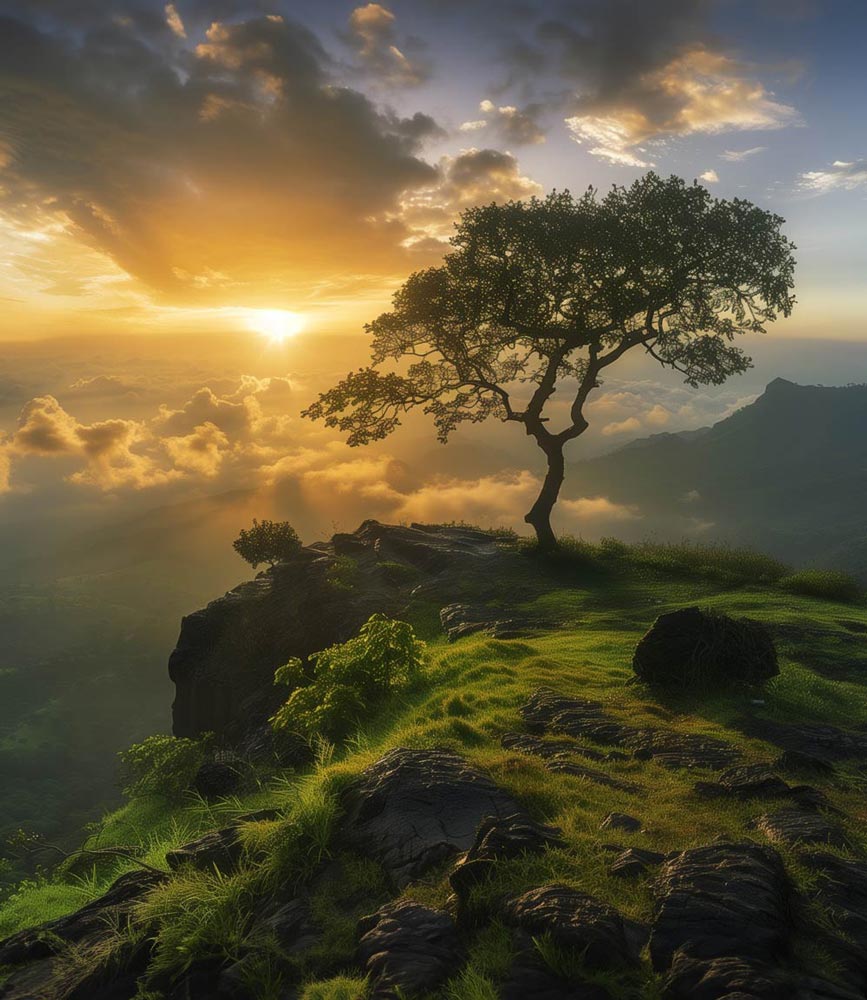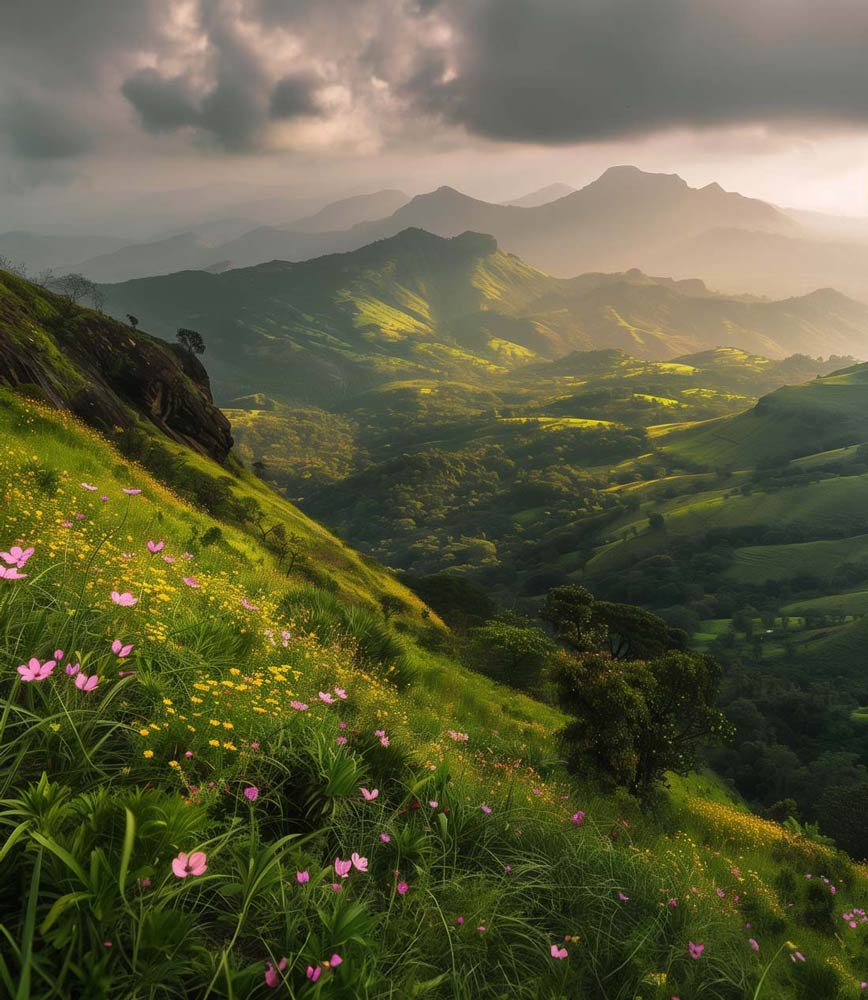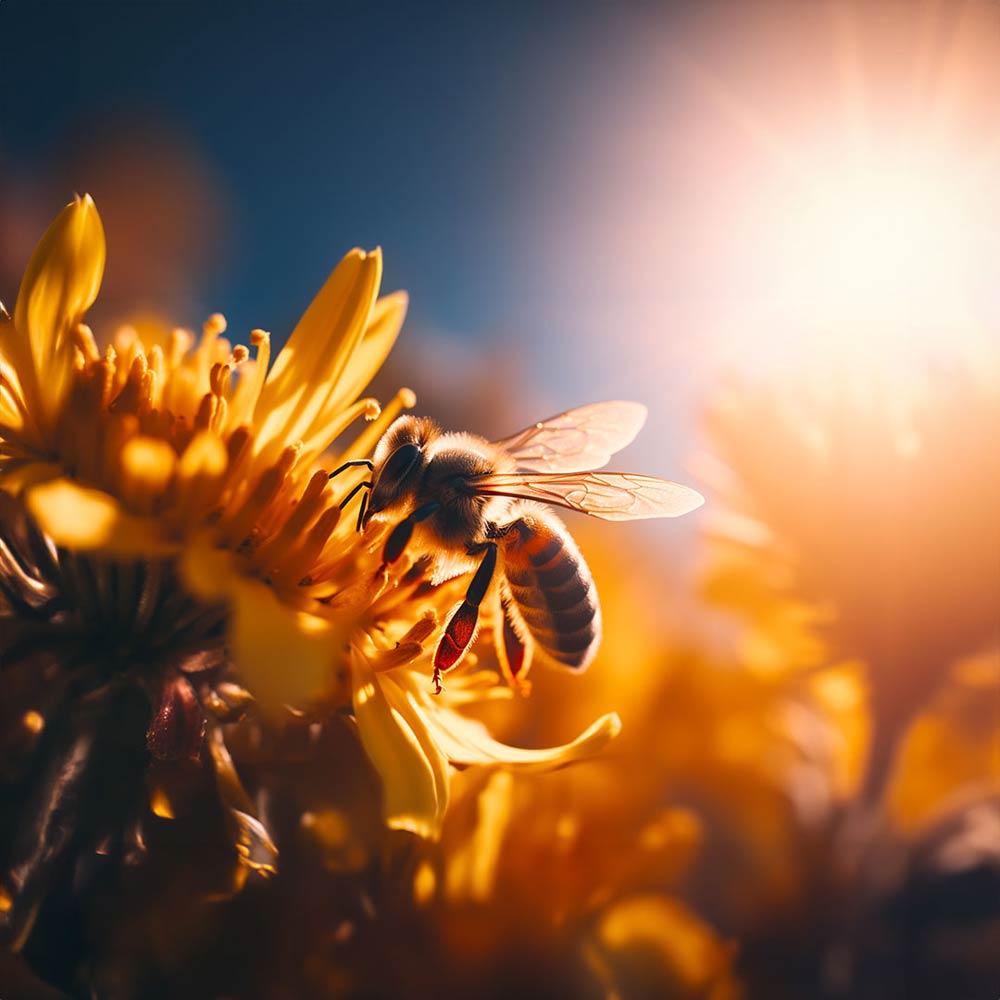

Step into the hottest hotspot of biodiversity
The Western Ghats region stands as a crown of emerald upon India’s western coast, known as Sahyadri, a UNESCO-designated “Hottest Hotspot” of biodiversity. This extraordinary place lies within the realm of the Western Ghats, a unique blend of geography, climate, and geology that renders this region truly exceptional. From ancient tropical forests to dramatic terrain gradients, the Sahyadri mountain range boasts an extraordinary array of endemic flora and fauna. Its origins trace back to the breakup of the ancient landmass of Gondwanaland, followed by the formation of India into an isolated landmass and its later collision with Eurasia. These geological and evolutionary processes have led to the high speciation and unique biodiversity found in the Western Ghats. Moreover, the Ghats influence the monsoon weather patterns across India, acting as a barrier to the rain-laden southwest monsoon winds and shaping the tropical monsoon system.
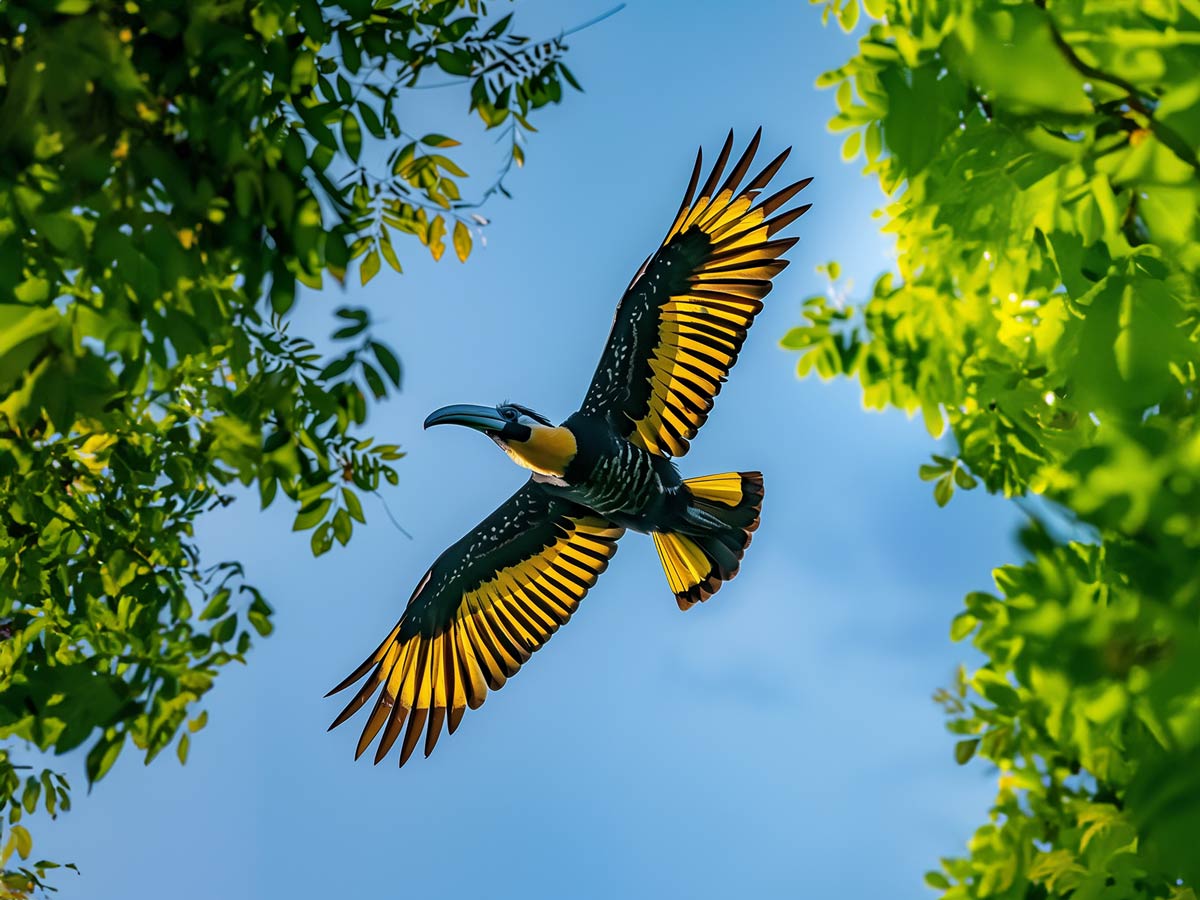
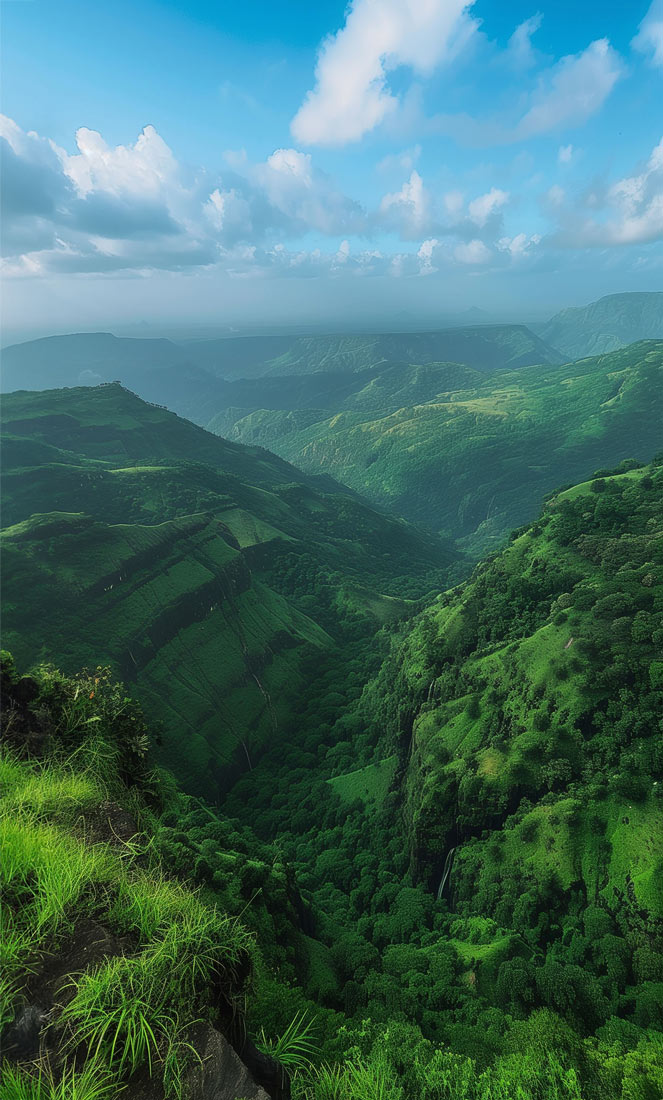
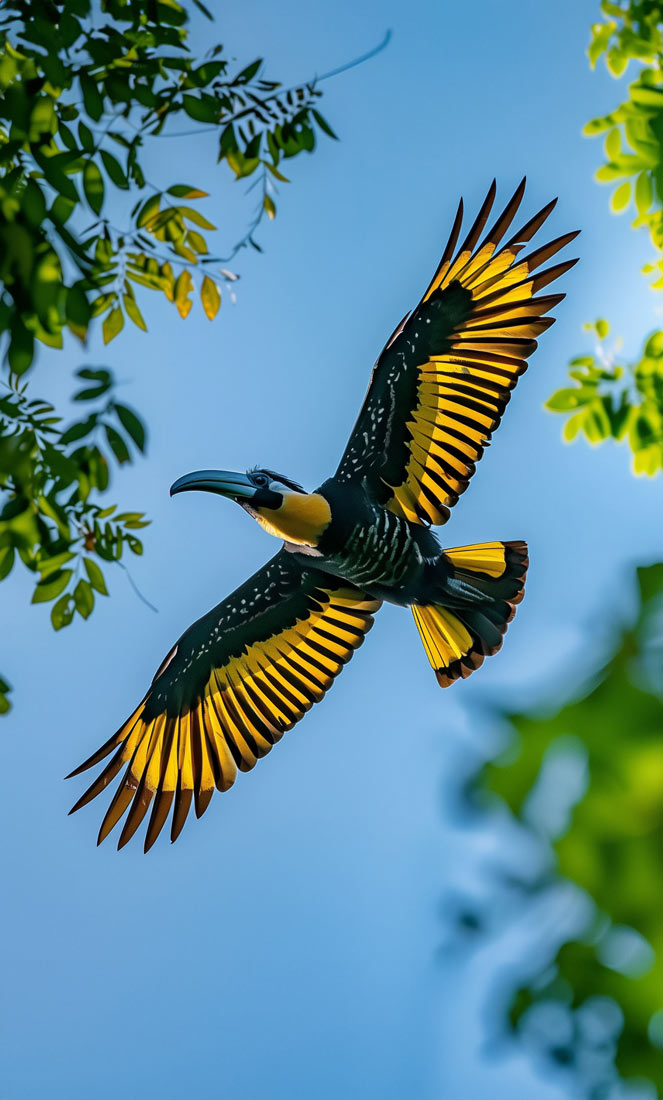
Purity & abundance personified
Purity &
abundance personified
Beyond its geological significance, the Western Ghats are home to an unparalleled richness of flora and fauna. With over 4,000 plant species, including 650 tree species, of which 352 are endemic, the Ghats stand as a botanical treasure trove. Its fauna boasts an equally impressive roster, with endemic amphibians, reptiles, and flagship mammal species like the endangered Nilgiri Tahr, Lion-tailed Macaque, and Nilgiri Langur. The diversity of ecosystems represented in the Western Ghats ranges from tropical wet evergreen forests to montane grasslands, containing many medicinal plants and significant genetic resources. More than 300 globally threatened flora and fauna species are found in the Western Ghats, which contain more than 30 percent of all plant, fish, bird, and mammal species found in India.

Beyond what the pastures offer
Beyond what the
pastures offer

Richness and diversity of Traditions & Culture
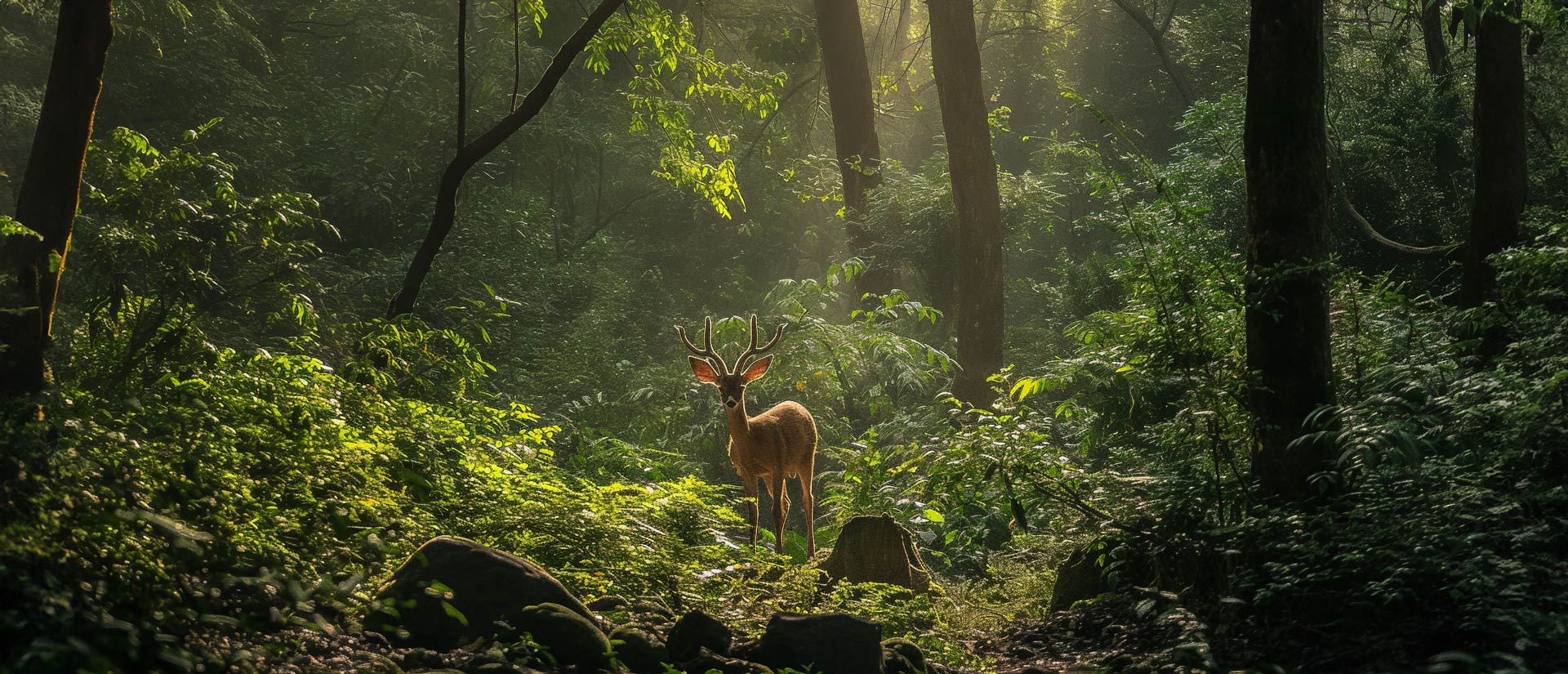

Delicate ecosystem
